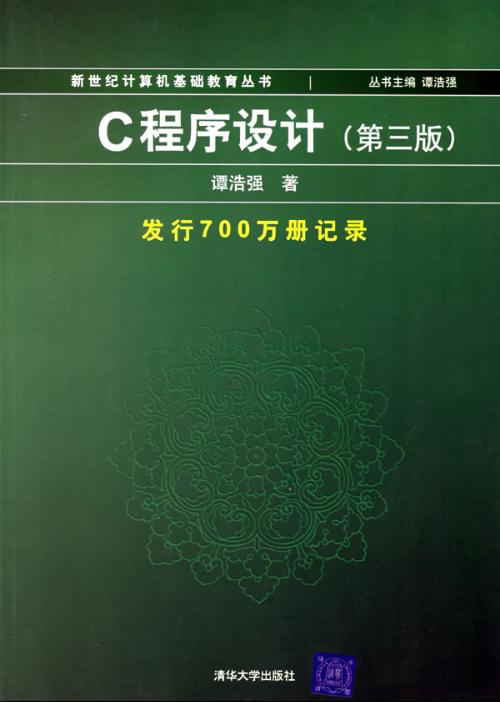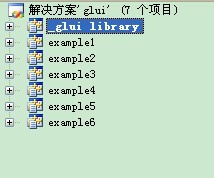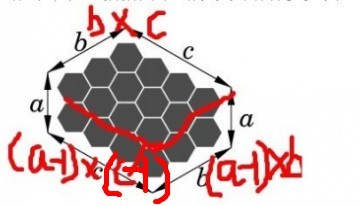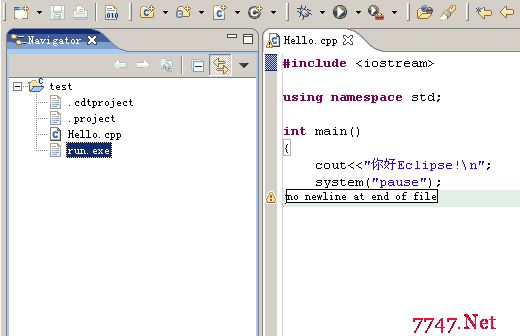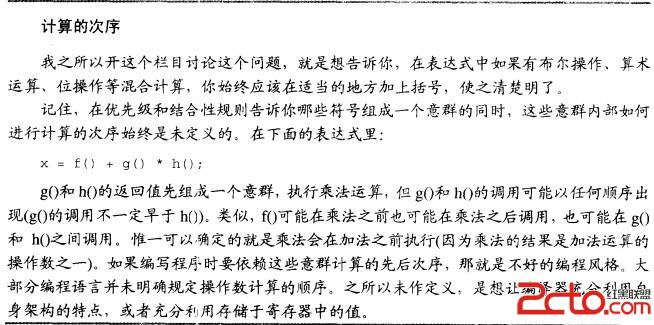经典回溯问题-----旅行员售货问题
问题:某售货员要到若干城市去推销商品,已知各城市之间的路程(旅费),他要选定一条从驻地出发,经过每个城市一遍,最后回到驻地的路线,使总的路程(总旅费)最小。
以上图为例:售货员要从1开始经过2,3,4又返回1。
给我的感觉就是一个排列问题。在进行计算排列的同时要判断是否该排列有必要进行下去,因为可能在中途就可以判断这样肯定得不到我们想要的结果,此时采用回溯。
代码实现:
<span style="font-size:18px">/*
* 售货员问题----回溯处理
* 日期: 2013-11-07
*/
#include<iostream>
using namespace std;
#define MAX 1024
int N=4;//可以自己输入,这里我就指定了,并且在init()中设定了所有点的Cost[][];
int Cost[MAX][MAX];//记录任意两点的运费或代价
int bestCost=MAX;//记录目前最少运费或代价
int currentCost;//当前运费或代价
int current[MAX];//当前路径
int best[MAX];//记录最佳路径
void swap(int& a,int& b)
{
int temp=a;
a=b;
b=temp;
}
void backtrack(int t)//其实就是一个排列问题。。。
{
int j;
if(t==N)//到了最后一层。。
{
if(Cost[current[t-1]][current[t]]+Cost[current[t]][1]+currentCost<bestCost)
{
bestCost=Cost[current[t-1]][current[t]]+Cost[current[t]][1]+currentCost;
for(j=1;j<=N;j++)
{
best[j]=current[j];
}
}
}
for(j=t;j<=N;j++)//排列。。。
{
swap(current[t],current[j]);
if(Cost[current[t-1]][current[t]]+currentCost<bestCost)//其实currentCost就是包括了1-->(t-1)的代价或运费
{
currentCost+=Cost[current[t-1]][current[t]];
backtrack(t+1);//递归回溯
currentCost-=Cost[current[t-1]][current[t]];
}
swap(current[t],current[j]);
}
}
void init()
{
Cost[1][1]=0;
Cost[1][2]=30;
Cost[1][3]=6;
Cost[1][4]=4;
Cost[2][1]=30;
Cost[2][2]=0;
Cost[2][3]=5;
Cost[2][4]=10;
Cost[3][1]=6;
Cost[3][2]=5;
Cost[3][3]=0;
Cost[3][4]=20;
Cost[4][1]=4;
Cost[4][2]=10;
Cost[4][3]=20;
Cost[4][4]=0;
}
void main()
{
init();
int i;
for(i=1;i<=N;i++)
{
current[i]=i;
}
backtrack(2);//树的第一层已经找到了,所以从第二层开始
cout<<"最少的运费为:"<<bestCost<<endl;
cout<<"最佳路径为: ";
for(i=1;i<=N;i++)
{
cout<<best[i]<<"->";
}
cout<<best[1]<<endl;
}</span>
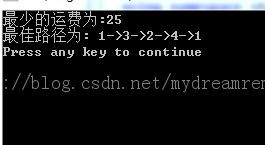
补充:软件开发 , C++ ,